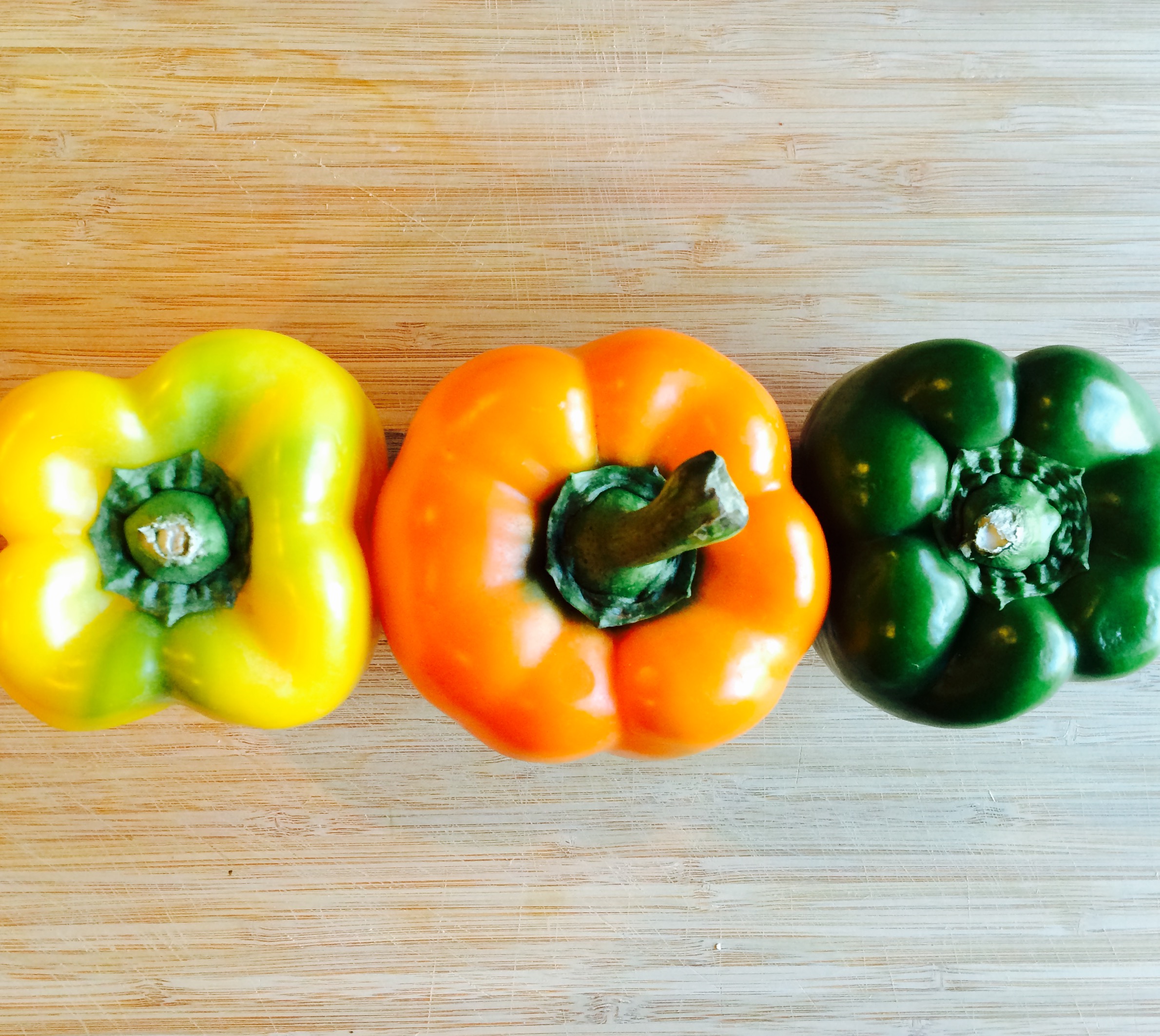The word mindfulness often gets thrown around in the nutrition word. It’s almost become a term that we brush off as not that important. But I’m here to tell you that mindful eating may be your ticket to better health. It’s that important.
We live in a day and age where we’re constantly too busy, too stressed and are unable to deal with emotions. As a result, we’ve lost touch with our innate hunger and fullness cues. We over eat. We under eat. We eat because we’re bored, stressed, sad, mad, etc. What if we just ate when we were hungry and stopped when full? If it was that easy, we’d all be doing it no problem. But, over time we have truly forgotten to listen to our bodies. We don’t know what hungry really feels like, or what being satisfied feels like before we become overly stuffed and uncomfortable. What we need to do is learn to become more mindful, especially around food. To become a mindful + intiutive eater, it takes practice and determination. But I’m here to tell you that you can do it. You can begin look at food as fuel and nourishment as opposed to something that masks your emotions and causes further stress.
Here are some of my favorite tips to help you become an intuitive + mindful eater. And if you need help with this, I work one-on-one with clients to allow them to have a healthy relationship with food. Send me an email to angela@nutritiouslyrooted.com. I’d love to help!
tips for intuitive eating + mindfulness.
no multi-tasking. no distractions.
Turn off the TV, move away from your computer, set your phone down. No multitasking at mealtimes, especially as you begin to work on eating more mindfully. Sit at a table, pay attention, get comfortable, relax. If it helps, set a timer on your phone or clock for 20 minutes. Eat slowly for 20 minutes and don’t get up from the table until the timer goes off. This will help you to sit down longer and savor your food as opposed to scarfing it.
give your food a stare down.
Look at the appearance of the food on your plate. What does it look like? Notice the colors. Does it look appetizing, not appetizing, simple or complex? Notice these things whether it’s a meal, snack, beverage, etc. By paying more attention to your food, you become more aware and present in the moment.
smell it.
Your sense of smell can be very powerful, and can tell you a lot about the food. What does your food smell like? Does the smell bring anything to mind? Childhood memories? Your favorite restaurant or favorite meal? Does it remind you of a season? Do you like the smell? As you begin to taste, does it smell much different than it tastes? As you take the time to smell your food you begin to slow down and again, be more present in the moment.
really taste it.
Really taste your food. Take several bites before swallowing. Chewing is the first step to optimal digestion. Try and pay attention to how many times you chew. No shoveling food into your mouth. You want to remember the experience. When we eat too quickly, we tend to overeat and become full before we feel satisfied. This is a recipe for continues overeating and eventual weight gain.
When really tasting your food, ask yourself the following questions. What is the flavor like? Does it remind you of anything specific? Do you like what it tastes like? What is the texture like? Crunchy, soft, chewy, smooth? Do you like the texture?
notice the flavors.
Notice the different flavors as you first put the food on your tongue and then as you begin to swallow it. Do the flavors change? Do you like the flavors? Is there an aftertaste? Do you like the aftertaste? Is the food sweet, salty, bitter, savory? Notice the flavors you enjoy and even some of the flavors you may not enjoy as much. The more you notice the flavors the more “in-tune” you become with the overall eating process. This is what mindful eaters are good at. When they pay attention to flavors they are able to slow down and savor each bite.
notice how your body feels.
Do you notice your stomach getting full as you eat? Are you starting to feel satisfied? Are you getting too full? Use your hunger and fullness cues to determine where you’re at. Are you still enjoying the food? Are you thirsty? Give your body time to feel either satisfied or still hungry. This can take a few minutes.
check in. are you satisfied?
I use a hunger and fulness scale with my clients to help them determine when they may feel satisfied or hungry. This allows them to really check in with their body. As you become more mindful during eating, you stop eating when you start to feel satisfied; you don’t wait until you get overfull. The more mindful you become around eating, the less food you may find you need in order to feel satisfied.
don’t stop being mindful. create lasting, healthy habits.
Becoming an intuitive eater takes time and determination. It is something you need to stick with until it becomes a natural habit. Don’t get frustrated with the process, as the end result can be something very special. In the end your body will be able to feel hunger and satisfaction in just the right amounts. With these skills you can learn to say so long to the days of overeating, binging, restricting, etc.
What did you think of this post? Are you a mindful eater or is this something that you need help with? Let me know in the comments below, or send me an email: angela@nutritiouslyrooted.com.





Recent Comments